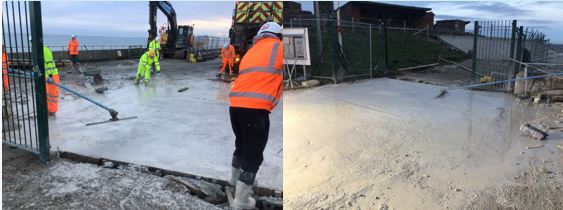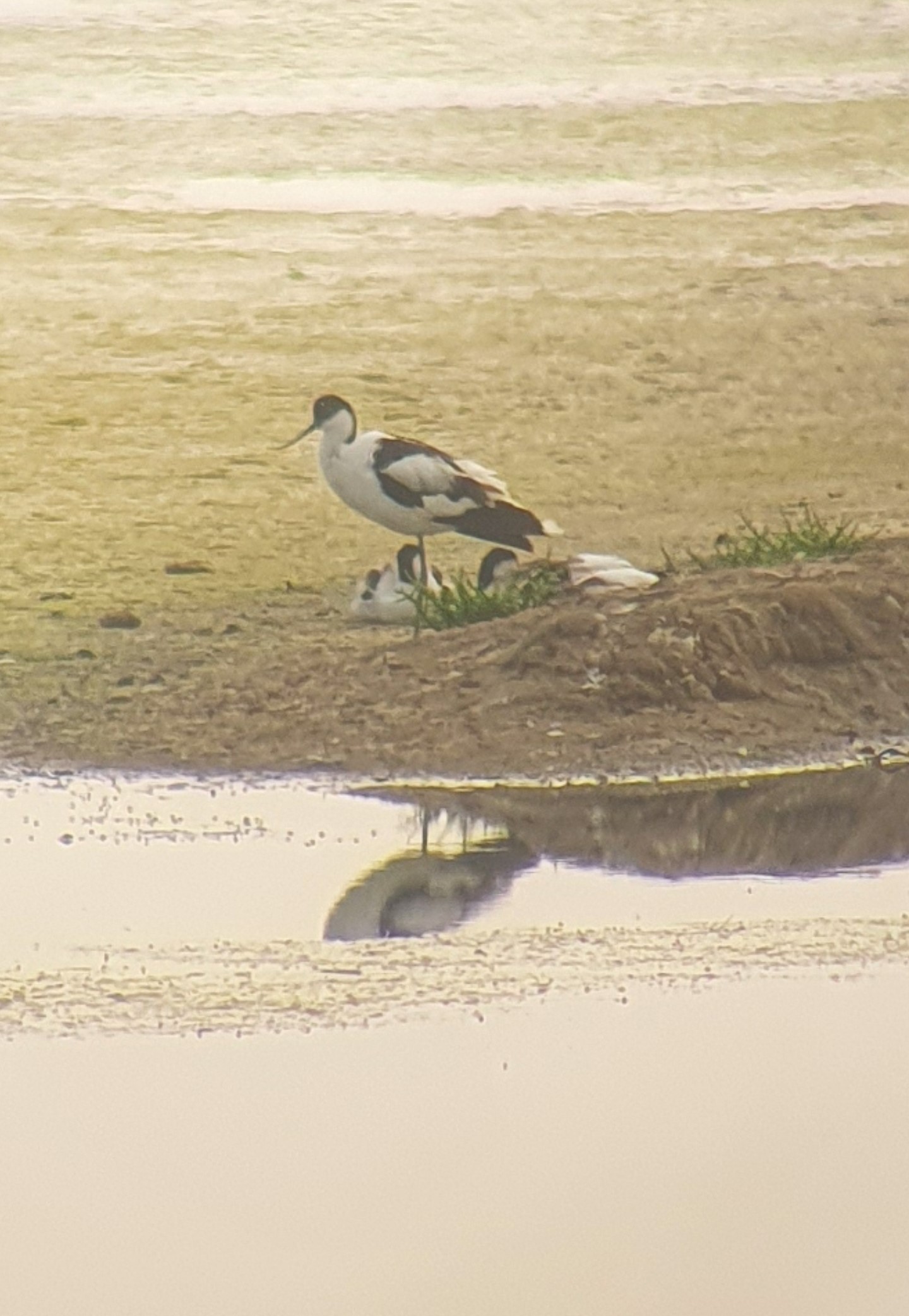Lydd Ranges Sea Defences Scheme - Environment
Overview
The Lydd Ranges frontage extends eastwards from Jury’s Gap near Camber in East Sussex and for approximately 8.2km to Dungeness nuclear power station, Kent. The area within and surrounding the Lydd Ranges frontage is of high nature conservation value. This is reflected in the extensive statutory designations that are present throughout the study area, including:
- Dungeness Special Area of Conservation (SAC)
- Dungeness, Romney Marsh and Rye Bay Special Protection Area (SPA) (incorporating the existing Dungeness to Pett Levels SPA)
- Dungeness, Romney Marsh and Rye Bay Ramsar
- Dungeness, Romney Marsh and Rye Bay Site of Special Scientific Interest (SSSI)
- Dungeness National Nature Reserve (NNR)
The Dungeness peninsula is an internationally important shingle foreland that has formed over thousands of years of coastal evolution.
Of particular interest are the habitats, flora and fauna (specifically vegetated shingle and birds) that these sites support. Recent surveys within the study area have also found that it supports a range of other protected species including badger, water voles, reptiles, a rare invertebrate and the DeFolins lagoon snail. A full Habitats Regulations Assessment has been undertaken and unavoidable impacts compensated for off site. As the scheme progresses, opportunities for habitat enhancement on the frontage will be identified and implemented where possible.
Carbon
When designing the scheme we will seek out opportunities to make long-lasting, sustainable and impactful ecological improvements. We assess and review the carbon footprint of our activities and consider how we can reduce this and help contribute to national and global aims to reduce greenhouse gases and the impact of climate change.
The following mitigation measures will be used to reduce carbon emissions:
- use of a modern more fuel-efficient dredger to import shingle, saving on our overall fuel consumptions;
- use of biofuels within site based plant which can reduce CO2 emissions by 90% compared to traditional fuels;
- minimise sailing distance between dredge site and Lydd Ranges to reduce fuel consumption;
- use of ultra-low carbon Cemfree concrete where viable as an alternative to traditional concrete mix;
- reuse of existing dilapidated concrete access track as sub-base for the new roadway to minimise wastage and reduce volume of new material required;
- consideration of technical alternatives to steel sheet piling;
- utilisation of recycled timbers and scrap timber;
- utilisation of solar powered site cabins;
- LPG power generation for site cabin infrastructure where demands are not met from solar;
- use of technology (webcams) for virtual meetings to reduce the need for travel to site.

Using ultra low carbon cemfree concrete nearby at Hythe Ranges.
Avocets
The avocet is arguably one of the UK's most iconic birds, being the logo of the RSPB itself. It is a medium-sized, black and white wader which forages in wetlands for aquatic invertebrates, crustaceans and worms. The average avocet lifespan is around 7 years old, and the females will start breeding and having young usually at 2 years of age. The avocet is classified as a Schedule One bird, meaning it has an extra layer of protection during its breeding season. As a result of this, working around them can be tricky, as it is a serious offence to disturb them whilst breeding.
To ensure that the works here at Lydd do not impact on this sensitive species, we have put several measures in place to help protect and promote them. Where possible, we are working out of sight of the lagoons which they use. We also have a site ecologist who regularly monitors them to make sure the works go ahead with no disruption to the avocet community at Lydd.

To go back to the homepage please click here.
If you have any queries about the scheme or would like to sign up for our email circulation list please contact us via our project inbox at lyddranges@environment-agency.gov.uk.
Audiences
- Recreational and commercial river users
- Fishing clubs and representative associations
- Members of the public with an interest in the river, the species and conservation
- Businesses
- Charities
- Statutory organisations
- NGOs
- Members of the public
- Elected representatives, including MPs
- Local councils
- Academics
- All water abstractors
- Environment Agency customers
- Net fishing license holders
- Angling trade contacts
- National based fishery, conservation and landowner organisations
- Government family organisations
- IDBs
- Local authorities
- District and parish councils
- Environmental bodies
- Land owners
- Farming associations
- Drainage associations
- RFCCs
- Elected representatives, including MPs
- Water companies
- Members of the public
- Recreational and commercial river users
- Community groups
- Flood action groups
- Operators
- UK Border Force
- Members of the public
- Community groups
- Non-governmental organisations with an interest in environmental issues
- Environment Agency colleagues
- Lead Local Flood Authorities
- Local Risk Management Authorities
- Flood Resilience Forums
Interests
- Business and industry
- Flood management
- Coastal management
- Fishing and boating
- Water resources
- Water quality
- Drought
- Habitats and wildlife

Share
Share on Twitter Share on Facebook